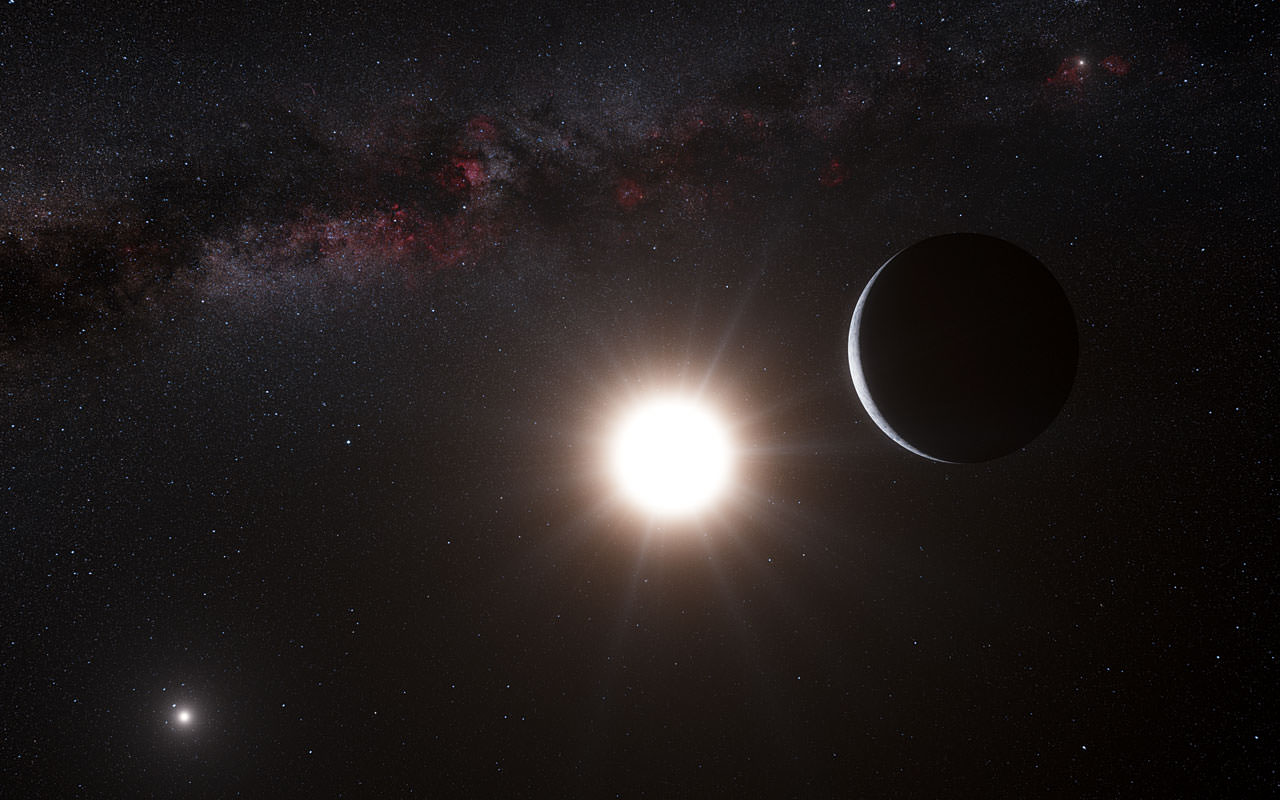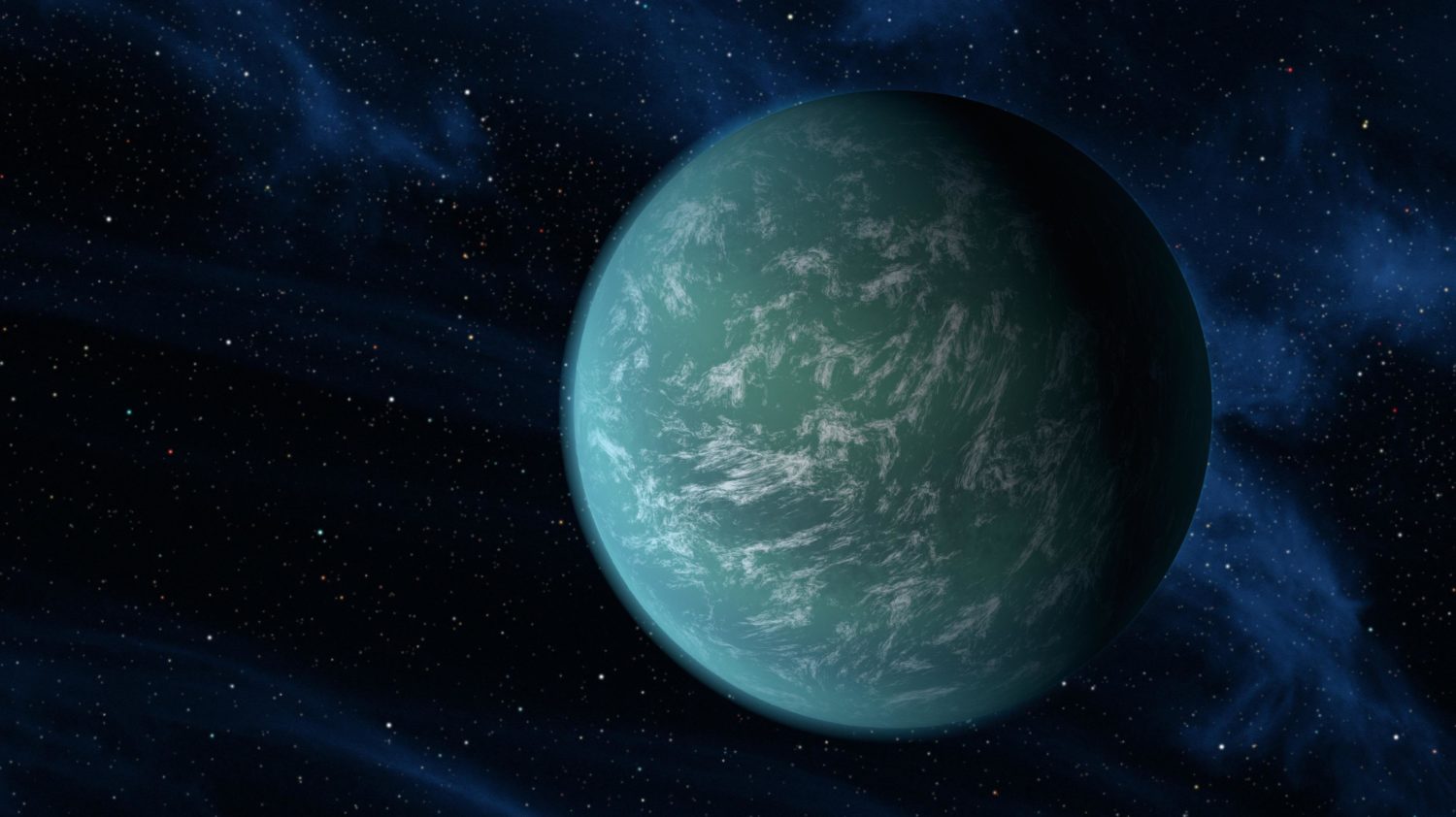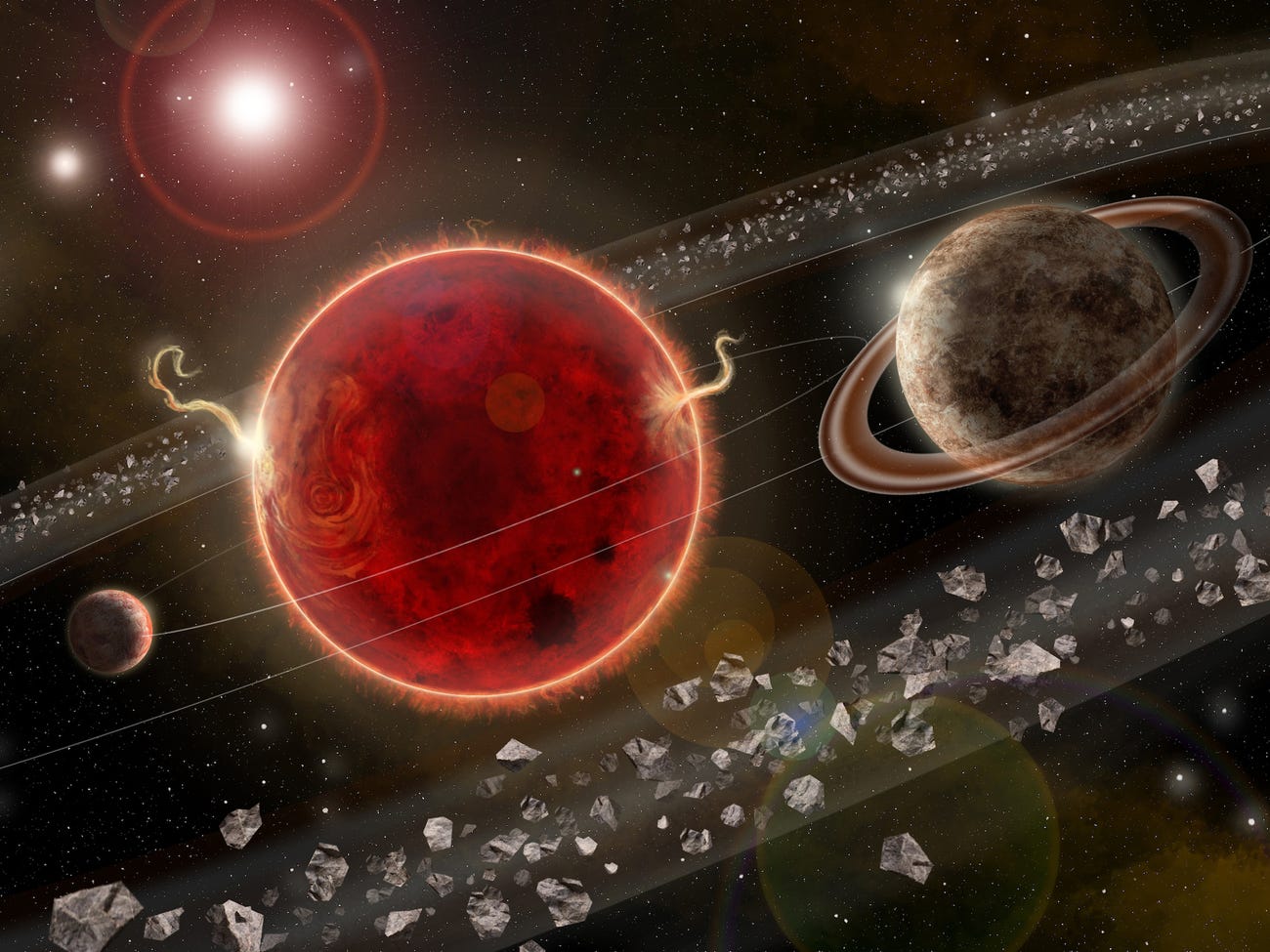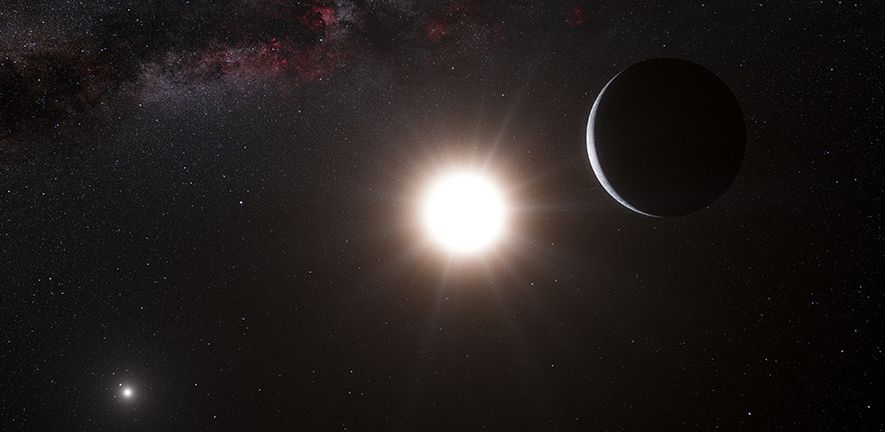The Breakthrough Starshot program aims to cross the immense distances to the nearest star in just decades. Using a high-powered laser to propel a reflective sail technology to relativistic speeds is their mission. The selection of sail material is key to its success as it must be lightweight while being able to withstand acceleration and radiation from the laser. A recent study explores various materials and proposes that core-shell structures—spherical particles composed of two different materials—could be a promising solution.
Continue reading “What Should Light Sails Be Made Out Of?”A New Mission Will Search for Habitable Planets at Alpha Centauri

Alpha Centauri is our closest stellar neighbor, a binary star system located just 4.376 light-years away. Despite its proximity, repeated astronomical surveys have failed to find hard evidence of extrasolar planets in this system. Part of the problem is that the system consists of two stars orbiting each other, which makes detecting exoplanets through the two most popular methods very challenging. In 2019, Breakthrough Initiatives announced they were backing a new project to find exoplanets next door – the Telescope for Orbit Locus Interferometric Monitoring of our Astronomical Neighbourhood (TOLIMAN, after the star’s ancient name in Arabic).
This low-cost mission concept was designed by a team from the University of Sydney, Australia, and aims to look for potentially-habitable exoplanets in the Alpha Centauri system using the Astrometry Method. This consists of monitoring a star’s apparent position in the sky for signs of wobble, indicating that gravitational forces (like planets) are acting on it. Recently, the University of Sydney signed a contract with EnduroSat, a leading microsatellites and space services provider, to provide the delivery system and custom-built minisatellite that will support the mission when it launches.
Continue reading “A New Mission Will Search for Habitable Planets at Alpha Centauri”A Space Telescope With one job: Find Habitable Planets at Alpha Centauri

Alpha Centauri, the nearest star system to our Sun, is like a treasure trove with many scientific discoveries just waiting to be found. Part of what makes it so compelling is that our efforts to detect extrasolar planets there have failed to yield any concrete results to date. While the study of exoplanets has progressed exponentially in recent years, with 4,575 confirmed planets in 3,392 systems in the Milky Way (and even neighboring galaxies), astronomers are still having difficulty determining if anyone is next door.
In the coming decades, Breakthrough Initiatives plans to send a mission there known as Starshot, a lightsail craft that could make the journey in 20 years. On Nov. 16th, Breakthrough Initiatives announced another project for detecting exoplanets next door. It’s called the Telescope for Orbit Locus Interferometric Monitoring of our Astronomical Neighbourhood (TOLIMAN), a space telescope dedicated to finding rocky planets orbiting in Alpha Centauri’s circumsolar habitable zone (aka. “Goldilocks Zone”).
Continue reading “A Space Telescope With one job: Find Habitable Planets at Alpha Centauri”A New Way to Search for Exomoons

We’d love to find another planet like Earth. Not exactly like Earth; that’s kind of ridiculous and probably a little more science fiction than science. But what if we could find one similar enough to Earth to make us wonder?
How could we find it? We progress from one planet-finding mission to the next, compiling a list of planets that may be “Earth-like” or “potentially habitable.” Soon, we’ll have the James Webb Space Telescope and its ability to study exoplanet atmospheres for signs of life and habitability.
But one new study is focusing on exomoons and the role they play in a planet’s habitability. If we find a Moon-like exomoon in a stable orbit around its planet, could it be evidence that the planet itself is more Earth-like? Maybe, but we’re not there yet.
Continue reading “A New Way to Search for Exomoons”This is how you get Tatooines. Binary Star Planet Formation
One of the less appreciated aspects of George Lucas’ vision for Star Wars was that he predicted the existence of planets in binary star systems years before we saw even the first exoplanet. Now a team from the University of Cambridge and the Max Planck Institute for Extra-terrestrial Physics have found how exactly those planets can form without being torn apart by their accompanying suns.
Continue reading “This is how you get Tatooines. Binary Star Planet Formation”A Review of “Extraterrestrial” by Prof. Avi Loeb
On October 19th, 2017, astronomers from the Haleakala Observatory in Hawaii announced the first-ever detection of an interstellar object in our Solar System. In honor of the observatory that first spotted it, this object (designated 1I/2017 U1) was officially named ‘Oumuamua by the IAU – a Hawaiian term loosely translated as “Scout” (or, “a messenger from afar arriving first.”)
Multiple follow-up observations were made as ‘Oumuamua left our Solar System and countless research studies resulted. For the most part, these studies addressed the mystery of what ‘Oumuamua truly was: a comet, an asteroid, or something else entirely? Into this debate, Dr. Shmuel Bialy and Prof. Avi Loeb of the Harvard Institute for Theory and Computation (ITC) argued that ‘Oumuamua could have been an extraterrestrial probe!
Having spent the past few years presenting this controversial theory before the scientific and astronomical community, Prof. Loeb has since shared the story of how he came to it in his new book, Extraterrestrial: The First Sign of Intelligent Life Beyond Earth. The book is a seminal read, addresses the mystery of ‘Oumuamua, and (most importantly) urges readers to take seriously the possibility that an extraterrestrial encounter took place
Continue reading “A Review of “Extraterrestrial” by Prof. Avi Loeb”Possible Super-Earth in the Habitable Zone at Alpha Centauri

Astronomers using a new technique may have not only found a super-Earth at a neighbouring star, but they may also have directly imaged it. And it could be nice and cozy in the habitable zone around Alpha Centauri.
Continue reading “Possible Super-Earth in the Habitable Zone at Alpha Centauri”A 2nd Planet has been Confirmed for Proxima Centauri

Our closest stellar neighbour is Proxima Centauri, a small red dwarf star about 4.2 light years away from us. It’s the third member of the Alpha Centauri group, and even though it’s so close, it can’t be seen with the naked eye. In 2016 astronomers discovered a planet orbiting Proxima Centuari, named Proxima Centauri b. That planet was confirmed only a few days ago.
Now, astronomers have confirmed the existence of a second planet, Proxima Centauri c.
Continue reading “A 2nd Planet has been Confirmed for Proxima Centauri”How Will we Receive Signals From Interstellar Probes, Like Starshot?
In a few decades, the Breakthrough Starshot initiative hopes to send a sailcraft to the neighboring system of Alpha Centauri. Using a lightsail and a directed energy (aka. laser) array, a tiny spacecraft could be accelerated to 20% the speed of light (0.2 c). This would allow Starshot to make the journey to Alpha Centauri and study any exoplanets there in just 20 years, thus fulfilling the dream of interstellar exploration within our lifetimes.
Naturally, this plan presents a number of engineering and logistical challenges, one of which involves the transmission of data back to Earth. In a recent study, Starshot Systems Director Dr. Kevin L.G. Parkin analyzes the possibility of using a laser to transmit data back to Earth. This method, argued Parkin, is the most effective way for humanity to get a glimpse of what lies beyond our Solar System.
Continue reading “How Will we Receive Signals From Interstellar Probes, Like Starshot?”What is a Generation Ship?
The dream of traveling to another star and planting the seed of humanity on a distant planet… It is no exaggeration to say that it has captivated the imaginations of human beings for centuries. With the birth of modern astronomy and the Space Age, scientific proposals have even been made as to how it could be done. But of course, living in a relativistic Universe presents many challenges for which there are no simple solutions.
Of these challenges, one of the greatest has to do with the sheer amount of energy necessary to get humans to another star within their own lifetimes. Hence why some proponents of interstellar travel recommend sending spacecraft that are essentially miniaturized worlds that can accommodate travelers for centuries or longer. These “Generation Ships” (aka. worldships or Interstellar Arks) are spacecraft that are built for the truly long haul.
Continue reading “What is a Generation Ship?”




